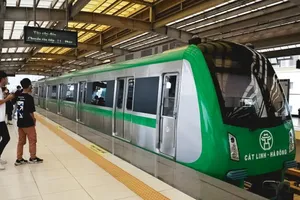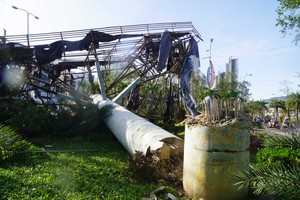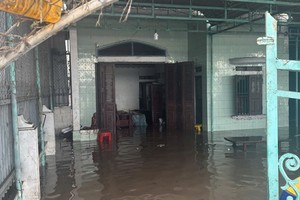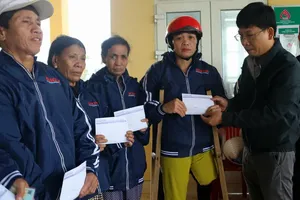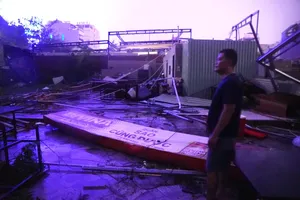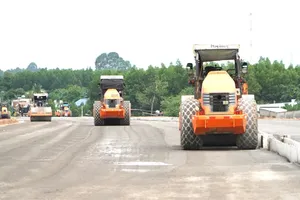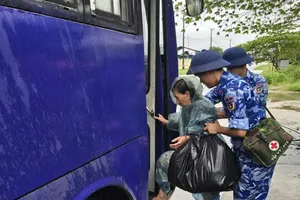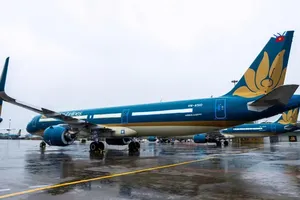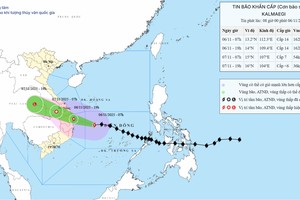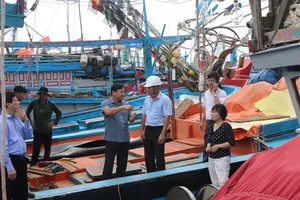Transport authorities nationwide have ordered 2,500 company cars off the road for a month because of road violations recorded in their built-in black boxes, said an official from the Ministry of Transport's Directorate for Roads of Viet Nam (DRVN).
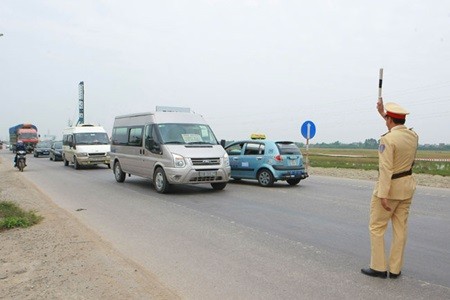
Nguyen Van Huyen, General Director of DRVN, said the directorate's main server which could supervise cars through camera surveillance, found 15 million vehicles nationwide had violated traffic laws in the past seven months, most of them for speeding.
Among the cars ordered off the roads in July alone were 473 cars, buses and trucks via data in their black boxes which had shown their violation of the traffic law.
Huyen said such punishment record was highlighted in reports from 32 among the total 63 cities and provinces, which have been sent to the Directorate.
The record was not included with many warning and concerning issuances from eight others provinces, Huyen added.
The official urged the remaining 23 cities and provinces which have not sent their reports to the directorate to finish their punishment report and send them soon.
A total of VND225 million (roughly US$10,000) of fine has been collected from such violation, said Huyen.
Data from the Directorate also showed that its information system had received records from about 64.8 per cent of vehicle with black boxes.
Such record of violations proved that the installation of black boxes in all vehicles had helped boost management of transport in many national highways and local key roads across the country.
Thus, the official said, the DRVN urged all city and provincial transport authorities to closely co-operate with the DRVN in supervising the transport of vehicle in areas through their black boxes.
Vehicles fixed with a black box include coaches and buses, including those running on fixed routes and those for hire, taxis, trucks, including container trucks and trucks and trailers.
In another development, on June 1, the directorate sent a note to provincial authorities, demanding that they instruct their departments of transport to control over-speeding in their areas by compiling weekly reports on the situation and taking measures to fix it accordingly.
